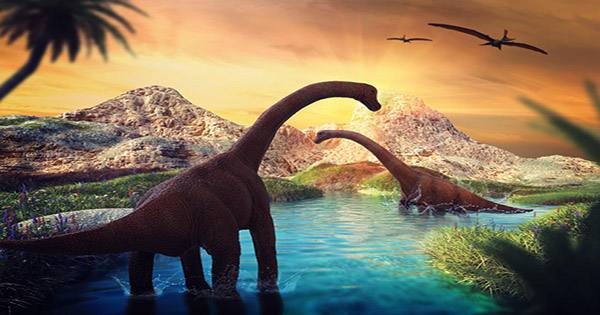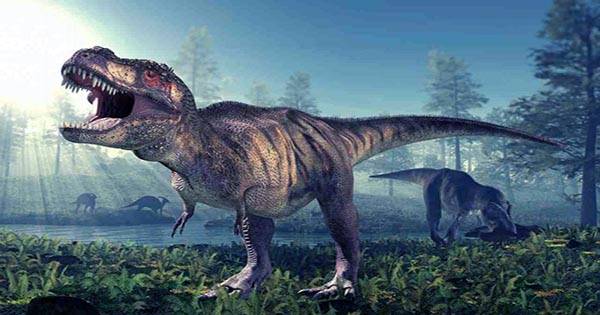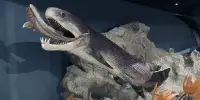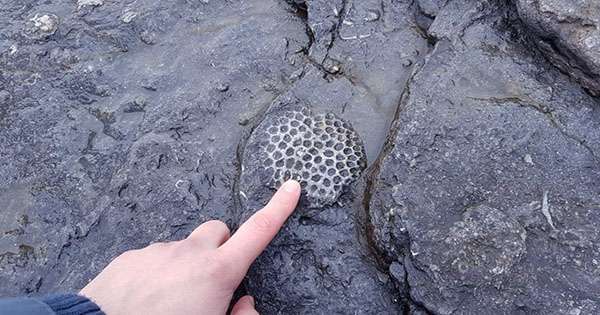Tyrannosaurus rex is undoubtedly the most well-known killer among dinosaurs, but he wasn’t always the ruler of the Late Cretaceous. A lethal predator with serrated teeth like those of a shark was stomping around before the Tyrannosaurus genus appeared, according to new research. The new genus and species of dinosaur, Ulughbegsaurus uzbekistanensis, was derived from fossil evidence discovered in the lower Upper Cretaceous Bissekty Formation of the Kyzylkum Desert in Uzbekistan, and while there wasn’t much to work with, what it tells us is that this killer was an absolute unit.
The study, which was published in Royal Society Open Science, was able to determine the size of U. uzbekistanensis based on a single solitary upper jawbone fossil. Maxilla size has been found to correlate to femur length, which is a suitable measure of size in theropods (to our knowledge, there aren’t any known dinosaurs with stilts for legs, though we’d be thrilled to be proven wrong on this one).

The researchers were able to determine that U. uzbekistanensis was approximately 7.5 to 8 meters long (24.6 to 26.2 feet) and weighed around 1,000 kilograms using this method (2,205 pounds). That makes it far bigger than the Tyrannosauroids of the period, which were primitive relatives of T. rex’s Tyrannosaurus genus. Timurlengia, a Tyrannosaurid that existed at the same time and in the same place as U. uzbekistanensis, but measured only 3 to 4 meters (9.8 to 13 feet), suggests that they would have been looking for different prey.
For its teeth, which were serrated like a bread knife, U. uzbekistanensis joins the Carcharodontosaurs dinosaurs. The Carcharodon genus of sharks was called after the Greek words Karcher, which means “jagged,” and odn, which means “tooth.” U. uzbekistanensis would have been a skilled meat-eater with such gnashers.
The discovery is fascinating not only because it introduces a new character to dinosaur-themed disaster movies, but also because it offers new light on Carcharodontosaurs’ position as apex predators ruling over the comparatively small tyrannosaurs who wandered among them.
Corresponding author Kohei Tanaka told IFLScience, “Our discovery provides evidence that predatory Carcharodontosaur and Tyrannosaur dinosaurs co-existed in the region at that time, and that Carcharodontosaurs were the dominant predators over smaller Tyrannosaurs (which became larger later in the Cretaceous).”
“We would like to see additional fossil materials from Asia in order to better understand predatory dinosaur evolution and competition.”
















